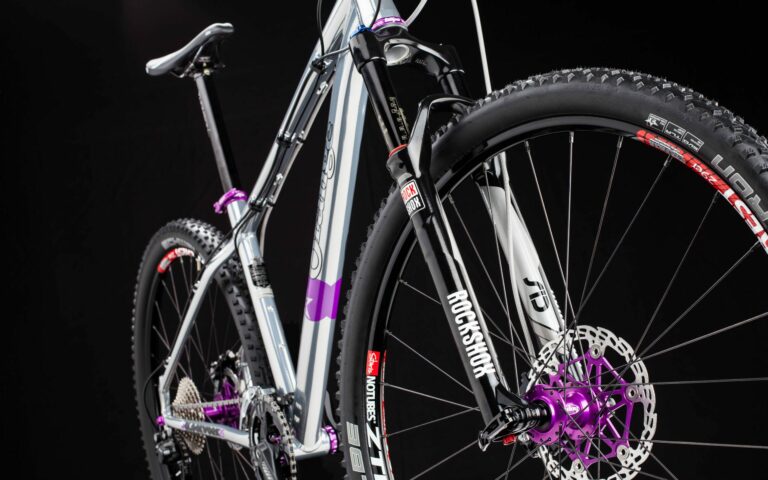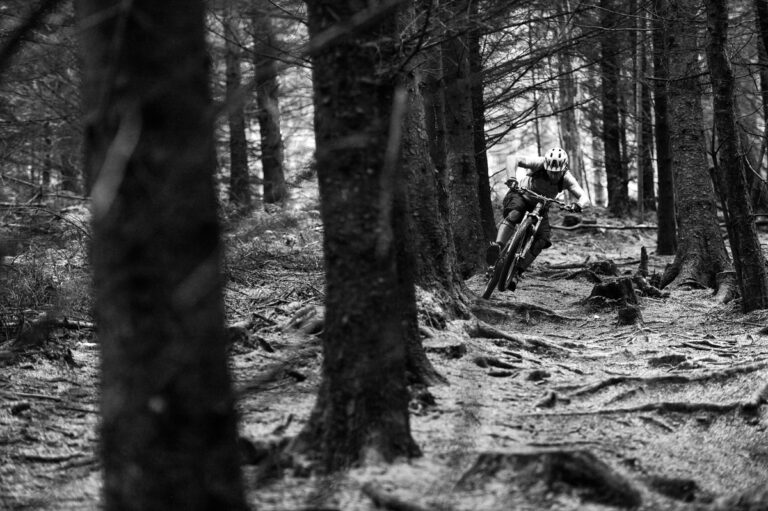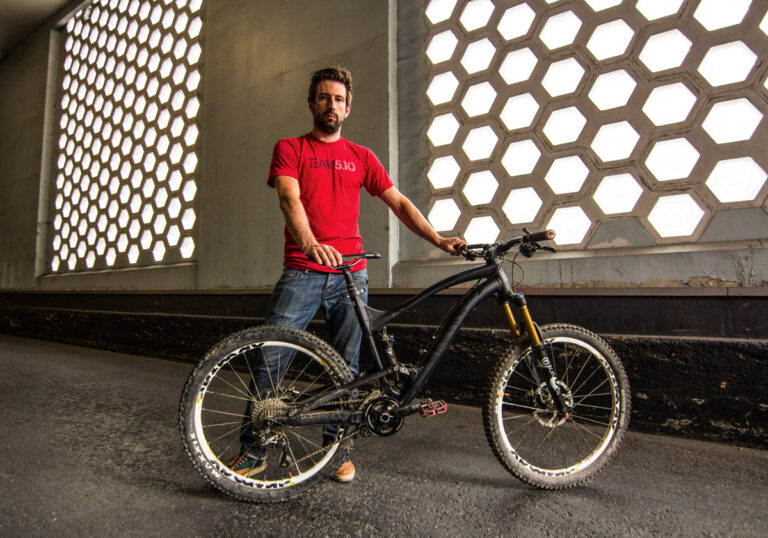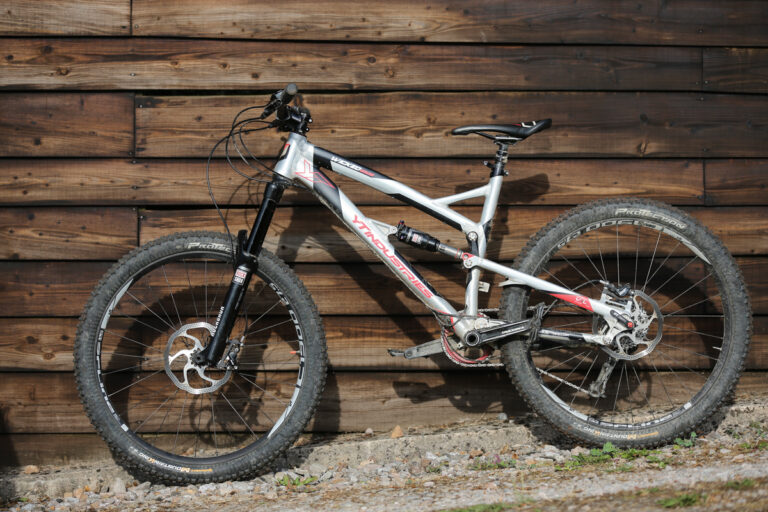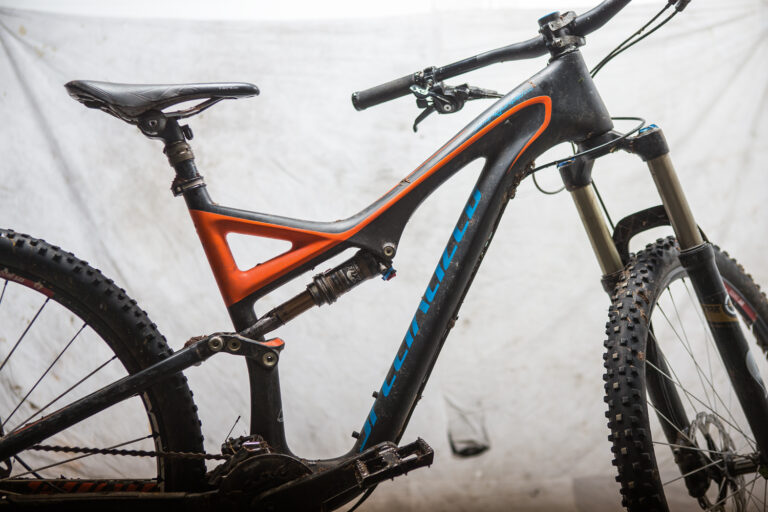
This time matters are slightly different, particularly, and very peculiarly, up front. Our guesswork at the stem height was now way off the mark and weighting the front wheel required a monumental effort, so much so that it totally engages the ride, distracting you from the more intuitive stuff, the line choices, the risk taking. The Dune totally pulls you into a battle with the fork and the sheer size of the bike up front. We tried shock pressures, different bar heights and still couldn’t get any body movement up front. Disconnect has never been so fitting. ‘Forward geometry’ was getting a king size kicking from everyone who rode this unwieldy ‘thing’. We dispersed and I was left thinking how I was going to explain all this.
UP TO DATE – DUNE 160/160A few days later I got an excited call from one of the boys. It seemed that from two brutes a beauty had been derived. Taking the 160mm fork off the Foxy and bolting it to the Dune had taken the bonkersness out of the two bike’s extremes. No longer did we have a large size bike that was double XL on the wheelbase measurements. It was neither too high up front nor too long – remember the Dune was already shorter than the Foxy even though it had more travel. The bike was still slack yes, but it was manageable.
The Dune still took some getting used to with so much fork and length out the front of the bike, yet the balance was now closer and something resembling the correct pressure could finally be applied to the front wheel. Mondraker say of their bikes that you can “load the front wheel more than with classic geometry”. I’m not so sure about that statement, for it is longer chainstays not front centres enable this and anyway it’s all about the balance between all the numbers, front and back and with the suspension.
All told, the dynamic ride was vastly, vastly improved. The modified Dune felt more like an enduro bike should, the balance of suspension was better and the angles no longer goofy. The bike could now be ridden, manoeuvred, popped, and planted hard into corners. It still shone on faster singletrack but now the balance of the already capable yet lesser travel 160mm fork bolstered with the 160mm on the rear allowed engagement in fatter terrain, rocks of a more portly dimension could now be steamrollered rather than swerved away from. The modified Dune was ready for action.
2014However it was to some dismay that I read the 2014 press release concerning the Dune, and it was with some anger that I read the words “democratic compromise”. For the new season Mondraker have introduced a 30mm stem to the bike and they’ve inserted a 160mm fork. Were Mondraker slightly hasty in launching this season’s (2013) Foxy and Dune forward geometry? It sends a message out that they might well have gone slightly too far with this year’s bikes and this ultimately leaves the buyer frustrated. Even more so with the wheel size change from 26” to 650b (27.5”).
Lesson learned, the 2014 Dune looks to be a shredder. You have to admire the boldness in the delivery of modern trail geometry. Ahead of the curve in bringing up to date angles, but slightly too hasty in their final versions of 2013, the Foxy is good, but it hammers home the message that if you’re going to run aggressive angles make sure you have the damping firepower to back it up. All credit to Mondraker for introducing some fresh thinking, at least they are not wallowing in mediocrity in that respect. Next year’s bike looks well up to the task.
Price: Dune XR 180/160 £4399, Foxy XR 160/140 £3999


